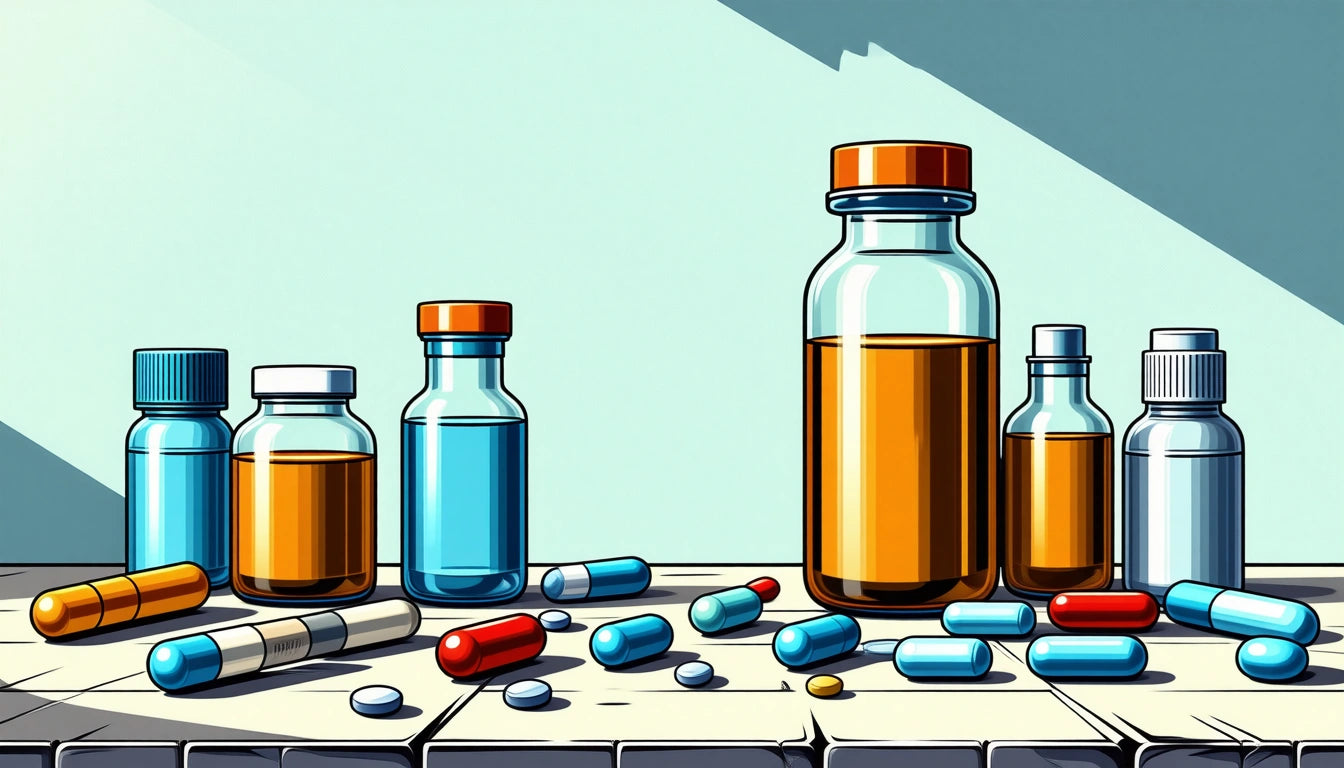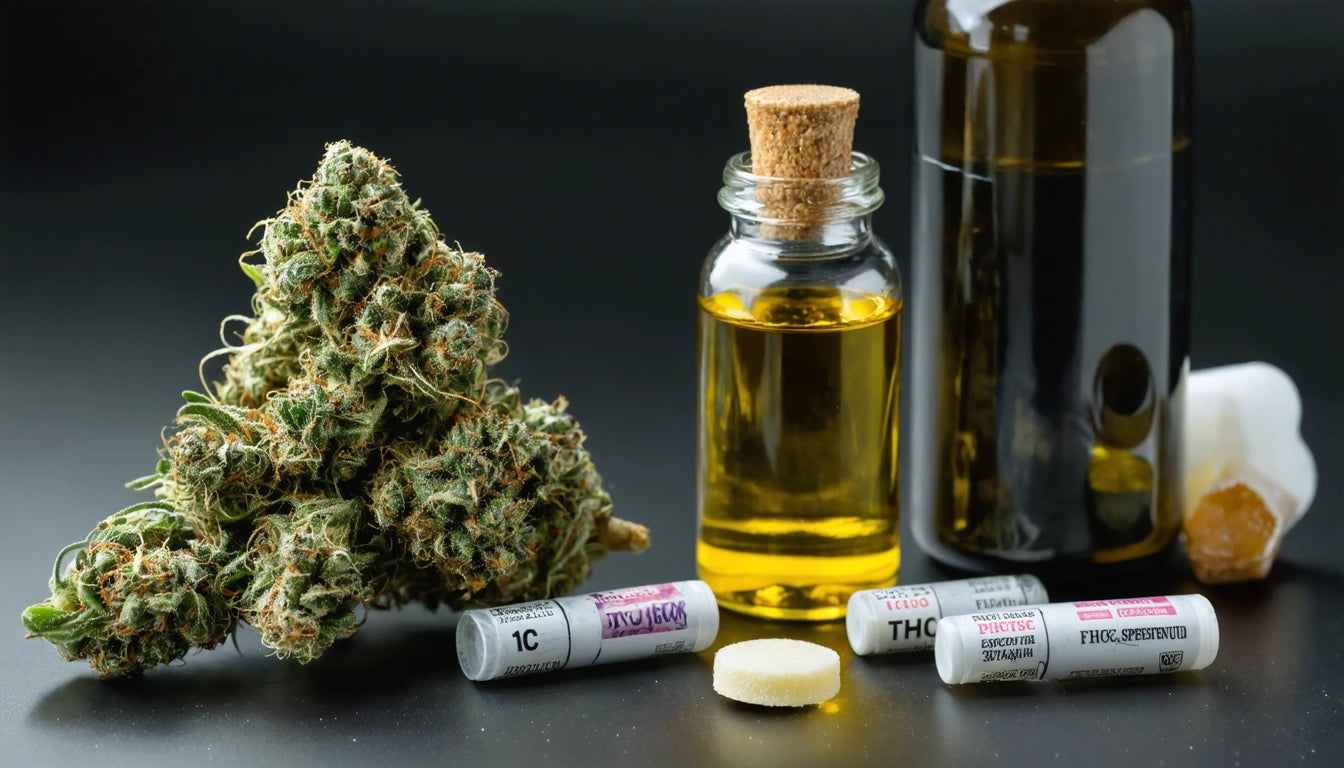Table of Contents
Exploring the Risks and Consequences of Smoking: Unveiling the Unknowns
Smoking involves inhaling substances that can have profound effects on the body and mind. While many people understand the common risks associated with smoking tobacco or cannabis, there are numerous lesser-known scenarios and substances that raise important health and safety questions. This comprehensive guide explores these questions to provide clarity on the risks and consequences of various smoking behaviors.
Understanding Smoking Risks: Beyond the Obvious
The question "can you die from smoking" has a complex answer that depends on multiple factors. Immediate fatality from smoking a single cigarette or cannabis joint is rare, but long-term use significantly increases mortality risk. According to the CDC, smoking tobacco causes more than 480,000 deaths annually in the United States alone, primarily through cancer, heart disease, and respiratory conditions.
When people ask "what happens if u smoke," they're often seeking to understand both immediate and long-term effects. Immediately, smoking introduces toxins and carcinogens into the lungs, irritates airways, increases heart rate, and can cause dizziness or nausea. Long-term, it leads to chronic conditions including COPD, heart disease, and various cancers.
Comparing cannabis and tobacco smoking reveals different risk profiles, though neither is completely safe. Cannabis smoke contains many of the same harmful compounds as tobacco smoke, but usage patterns and additives differ significantly.
Unusual Smoking Scenarios and Their Consequences
What Happens When You Smoke Acid
LSD (acid) is typically consumed orally through tabs, as the chemical degrades when heated. Smoking acid paper or attempting to smoke liquid LSD is ineffective for achieving psychedelic effects and potentially dangerous. The heat destroys the LSD molecule, rendering it inactive while potentially creating toxic byproducts from burning the paper or carrier substances.
What Happens If You Smoke on a Plane
Smoking on commercial aircraft has been banned in the United States since 2000 and is prohibited on virtually all international flights. The consequences include:
- Legal penalties including fines up to $25,000
- Potential diversion of the flight and emergency landing
- Arrest upon landing
- Placement on airline no-fly lists
- Federal charges under aviation safety laws
These strict measures exist because smoking presents a serious fire hazard in the pressurized cabin environment and exposes other passengers to harmful secondhand smoke in a confined space.
What Happens If You Swallow Smoke
When someone asks "what happens if you swallow smoke" instead of exhaling, they should know that swallowed smoke can cause:
- Stomach upset, nausea, and vomiting
- Hiccups and burping
- Increased gas and bloating
- Potential acid reflux or heartburn
While some THC from cannabis smoke may be absorbed through the digestive tract, it's an inefficient delivery method compared to normal inhalation. The practice offers no benefits and only increases discomfort.
What Happens If You Don't Exhale Smoke
Holding smoke in the lungs without exhaling doesn't significantly increase the absorption of active compounds like THC. As explored in this analysis of holding in smoke, most absorption occurs within seconds of inhalation. Extended breath-holding primarily increases exposure to tar and carcinogens while potentially causing oxygen deprivation, dizziness, and cellular damage.
Smoking Contaminated Substances: Hidden Dangers
What Happens If You Smoke Mold
Smoking moldy cannabis or tobacco introduces dangerous fungal spores directly into the lungs. This can cause:
- Allergic reactions ranging from mild to severe
- Respiratory infections
- Aspergillosis (a serious fungal infection)
- Exacerbation of asthma or other existing respiratory conditions
- Hypersensitivity pneumonitis (inflammation of lung tissue)
Immunocompromised individuals face particularly serious risks from smoking moldy substances, potentially developing life-threatening infections.
Is Smoking Out of a Can Bad
Using aluminum cans as makeshift pipes is hazardous for several reasons:
- Cans are coated with plastic liners containing BPA and other chemicals
- The aluminum itself may release toxic compounds when heated
- Paint and ink on the exterior contain heavy metals
- The rough, improvised nature often leads to inhaling aluminum particles
These improvised devices can contribute to respiratory issues, metal toxicity, and increased cancer risk. Exploring safer smoking alternatives is strongly recommended.
What Happens If You Smoke Pesticides
Cannabis or tobacco contaminated with pesticides creates serious health hazards when smoked. Pesticides break down into toxic compounds when heated, potentially causing:
- Immediate symptoms: nausea, vomiting, dizziness, headaches
- Long-term risks: hormone disruption, neurological damage, increased cancer risk
- Respiratory damage and chronic conditions
This underscores the importance of consuming only lab-tested products from reputable sources that verify their products are free from harmful contaminants.
What Happens When a Stoner Stops Smoking
When regular cannabis users quit, they often experience a range of withdrawal symptoms and changes:
- Initial withdrawal: irritability, anxiety, sleep disturbances, reduced appetite
- Week 1-2: Peak withdrawal symptoms, mood fluctuations
- Weeks 3-4: Improved lung function, mental clarity, normalized sleep patterns
- Long-term: Enhanced memory function, reduced anxiety for many users
Understanding the effects of quitting cannabis helps users prepare for and manage this transition. Most withdrawal symptoms resolve within a month, though psychological cravings may persist longer.
Safety Recommendations and Harm Reduction Strategies
While abstinence is the only way to completely avoid smoking-related risks, harm reduction strategies include:
- Using proper equipment rather than improvised devices
- Ensuring substances are from reputable sources and properly tested
- Considering alternative consumption methods such as vaporizing or edibles
- Storing substances properly to prevent contamination and accidental exposure
- Being aware of legal restrictions in various environments
For those concerned about smoking's impact on lung health, regular breaks, proper hydration, and eventually transitioning to less harmful consumption methods can minimize damage while still allowing therapeutic or recreational benefits.
Understanding the risks associated with various smoking behaviors empowers individuals to make informed decisions about their health and well-being. Whether considering the consequences of unusual scenarios or looking to reduce harm from regular use, knowledge remains the best tool for navigating the complex landscape of smoking-related health concerns.











Leave a comment
All comments are moderated before being published.
This site is protected by hCaptcha and the hCaptcha Privacy Policy and Terms of Service apply.